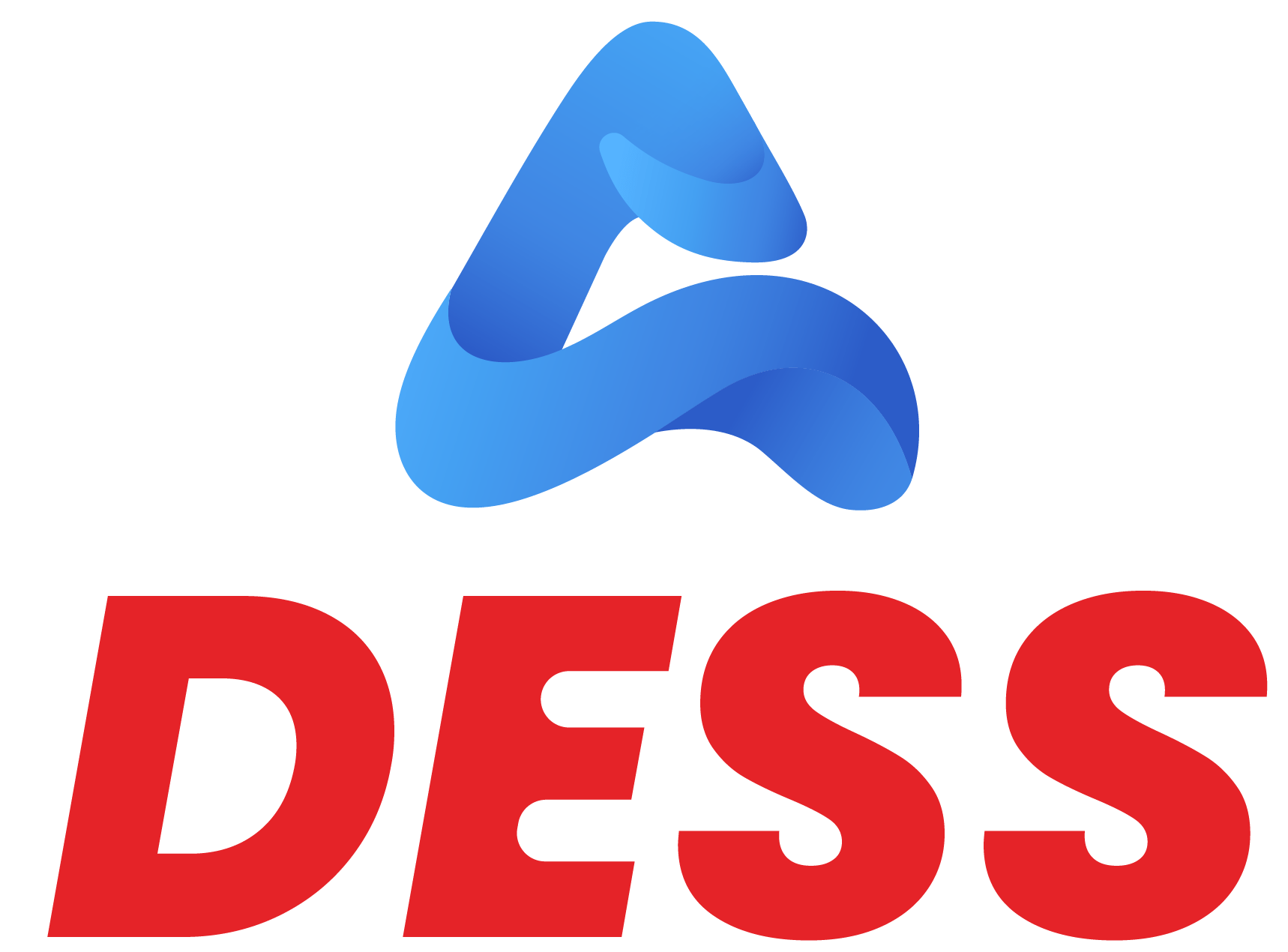Introduction
In the complex world of corporate governance, the roles of executive and non-executive directors are pivotal and complementary, shaping the overall success of a company. In the ever-evolving corporate governance landscape, dynamics within boardrooms play a crucial role in steering the course of a company’s success. As organizations strive for efficiency and transparency in decision-making processes, the right board meetings software becomes indispensable.
Dess Digital Meetings, as a provider of cutting-edge board management software, understands the nuances of effective leadership, making this exploration timely and relevant. At the heart of this discourse is the website’s innovative workflow feature, a result of Dess Digital Meetings commitment to streamlining organizational processes. As part of this exploration, our goal is to solve the intricacies of executive and non-executive roles, shedding light on their unique contributions to boardroom dynamics. By understanding these roles’ nuances, companies can optimize their leadership structures, fostering an environment that cultivates strategic decision-making and sustainable growth.
Defining Executive and Non-Executive Directors
Before embarking on our exploration, it’s essential to understand the fundamental distinctions between executive and non-executive directors. Executive directors are typically involved in the day-to-day operations of the company, while non-executive directors provide an external, independent perspective. This mutually exclusive relationship serves as the foundation of effective corporate governance.
The Core Responsibilities of Executive Directors
Executive directors are the driving force behind the operational aspects of a company. Their responsibilities include strategic planning, decision-making, and ensuring the successful execution of the company’s objectives. They bring a hands-on, in-depth understanding of the organization’s internal workings.
The Strategic Oversight of Non-Executive Directors
Conversely, non-executive directors contribute a strategic perspective, offering insights from an external viewpoint. They focus on governance, risk management, and ensuring the company operates in the best interest of its stakeholders. Their independence is crucial to fostering a balanced and transparent decision-making process.
Balancing Act: The Interplay Between Executive and Non-Executive Directors
Effective corporate governance requires a delicate balance between executive and non-executive directors. The interplay between these roles ensures that strategic decisions align with operational realities, creating a synergy that propels the company forward. Striking this balance is an art that contributes to the overall health of the organization.
The Impact on Board Meetings
Board meetings serve as the epicenter of corporate decision-making. The presence and collaboration of both executive and non-executive directors significantly influence the outcomes of these meetings. Effective communication and a shared vision are paramount, setting the stage for successful decision-making processes.
Leveraging Workflow Management Software for Board Efficiency
In the digital age, traditional board meetings are evolving with the integration of workflow management software. Dess Digital Meetings offers cutting-edge board meetings software that streamlines communication, document sharing, and decision-making processes. This paperless board meetings software not only enhances efficiency but also contributes to a more sustainable and eco-friendly approach.
Future Trends: Evolving Roles in Modern Corporate Governance
Looking into the future, the corporate governance landscape is in a constant state of evolution. It delves into emerging trends, highlighting the necessity for directors to adjust to technological advancements. Incorporating board portal software into daily operations signifies a proactive stance toward governance.
Collaborative Decision-Making
Collaboration lies at the heart of effective decision-making. It draws attention to the intricate dance between executive and non-executive directors, showcasing examples of successful collaborative leadership in board meetings. The synergy between these roles is a key driver of innovative and informed decision-making processes.
-
Strategic Vision vs. Operational Focus
Explore the strategic vision provided by non-executive directors and the operational focus and execution role of executive directors. Understanding and appreciating these nuances is vital for a comprehensive understanding of the board’s functioning.
-
Balancing Independence
Independence is a cornerstone of non-executive director roles. This focuses on the significance of independence and how it contributes to effective governance. The objective perspective offered by non-executive directors ensures unbiased decision-making, fostering transparency and accountability.
-
Key Challenges and Solutions
Identifying common challenges faced by executive and non-executive directors is crucial for proactive problem-solving. This provides insights and solutions for overcoming these challenges, ensuring a smooth and effective governance process.
-
Importance of Board Meetings Software in Facilitating Collaboration
It further examines the specific role of board meetings software in enhancing communication between executive and non-executive directors. Features such as document sharing, real-time collaboration, and secure communication channels contribute to seamless board operations.
-
The Evolving Role of Directors in the Digital Era
In the digital era, technology is a driving force behind change. This explores how technological advancements impact the roles of executive and non-executive directors. Digital literacy and continuous adaptation are emphasized as essential components of effective boardroom dynamics.
Conclusion: Fostering Effective Board Governance
In conclusion, emphasize the key takeaways from our exploration of executive and non-executive directors. It underscores the importance of a harmonious collaboration between these roles for successful board governance. The integration of technology, particularly board management software, emerges as a critical enabler in achieving this synergy.
By understanding, appreciating, and adapting to the evolving dynamics of corporate governance, companies can navigate the complexities of the business landscape with skill and foresight. As the world begins a new era of governance, the collaborative efforts of executive and non-executive directors, supported by innovative technologies, will undoubtedly shape the future of successful board governance.
About Us
Used by leading organizations around the world, Dess Digital Meetings has evolved to become the most complete board meetings solution. Going beyond limited tools, paper or emails. Dess Digital Meetings strives to make board meetings and leadership collaboration more efficient and effective. Our board portal solution is very easy to use, thereby serving board members and leadership of diverse age groups.
As every board and organization has its own culture, we engage closely to understand the pain areas of boards, leadership, and corporate governance professionals to provide board management software that perfectly suits you.


